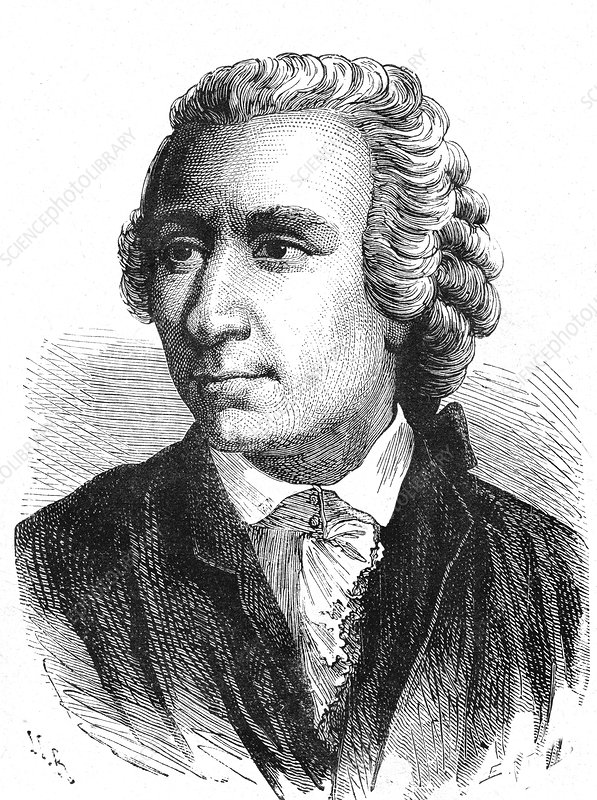Cavitation is a physical phenomenon, known since the end of the 19th century but hypothesized since 1750 by the Swiss mathematician Leonhard Euler.
It is a phenomenon that exclusively concerns the flow of liquids, gases cannot exhibit cavitation.
Only in very recent times has it been understood how to control it and positively exploit its characteristics.
When it occurs in a controlled manner, it does not generate damage or wear of the materials involved, otherwise it represents one of the most degenerative effects that anyone can encounter in hydraulics.
Cavitation, in addition to being a physical phenomenon, is actually also a mechanical process and is influenced by the thermodynamics of the system.
Until few years ago it was understood exclusively as an extremely negative and degenerative phenomenon that can occur in pipes, turbines and pumps; after several studies scientists discoverd that it is linked to the vapor pressure of a fluid: the phenomenon is maintained as long as the balance of the pressure value between the liquid part and its vapor.
It takes place with the local vaporization of a liquid, which occurs with the detachment of the fluid boundary layer. If not sought and desired, it substantially generates yield losses and erosion.
In order to define the amount of cavitation, the unit of magnitude called the cavitation index (K) is used, which is a function of the pressure jump; where p1 represents the upstream pressure, p2 the downstream pressure and pv the vapor pressure. As the cavitation index decreases, there is a more intense development of cavitation.
If at a certain temperature the absolute pressure in the liquid becomes equal to or lower than the vapor pressure, microscopic bubbles of vapor are formed in a while, letterally in few microseconds.
These microscopic bubbles are spherical-toroidal in shape, have a temperature of thousands of degrees centigrade and hundreds of atmospheres (BAR), with localized jets of liquid at speeds of over 100 m/s.
This formation of bubbles, usually with a very short duration, occurs due to the reduction of pressure to values lower than the vapor pressure of the liquid itself. Because of this, the liquid undergoes, very quickly, a transformation into gas, forming bubbles (otherwise called “micro cavities”) which however collapse just as quickly as soon as the flow makes them move away from the region whose peculiar conditions physical had allowed its formation.
The succession of formation and implosion of the “micro cavities” generates, in turn, a sequence of shock waves or ultrasounds.











